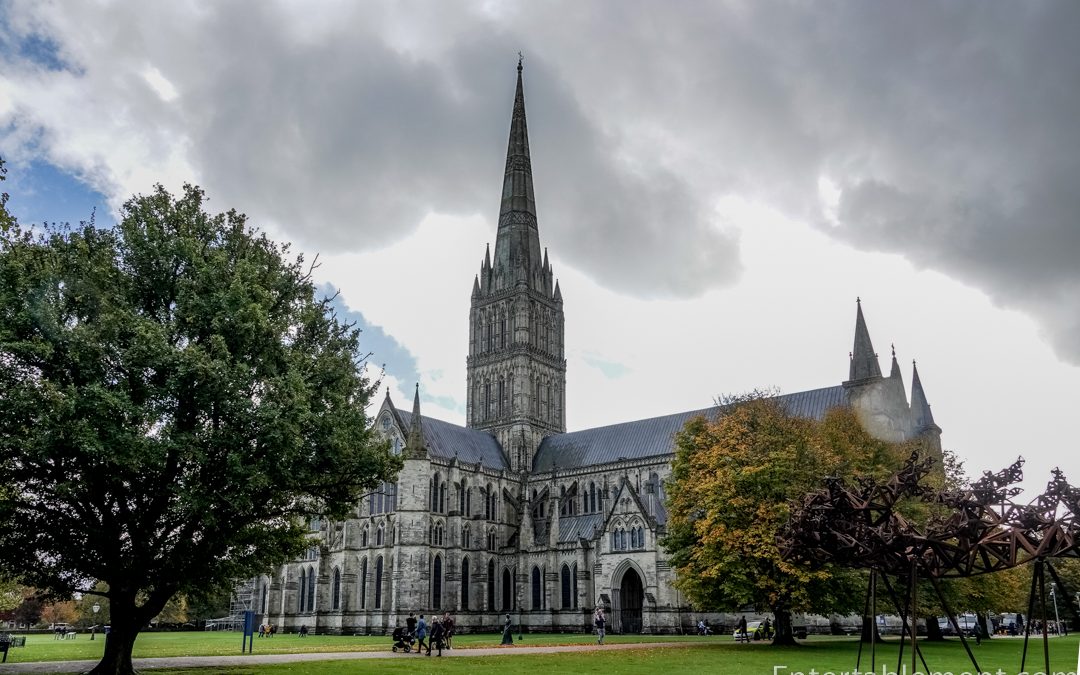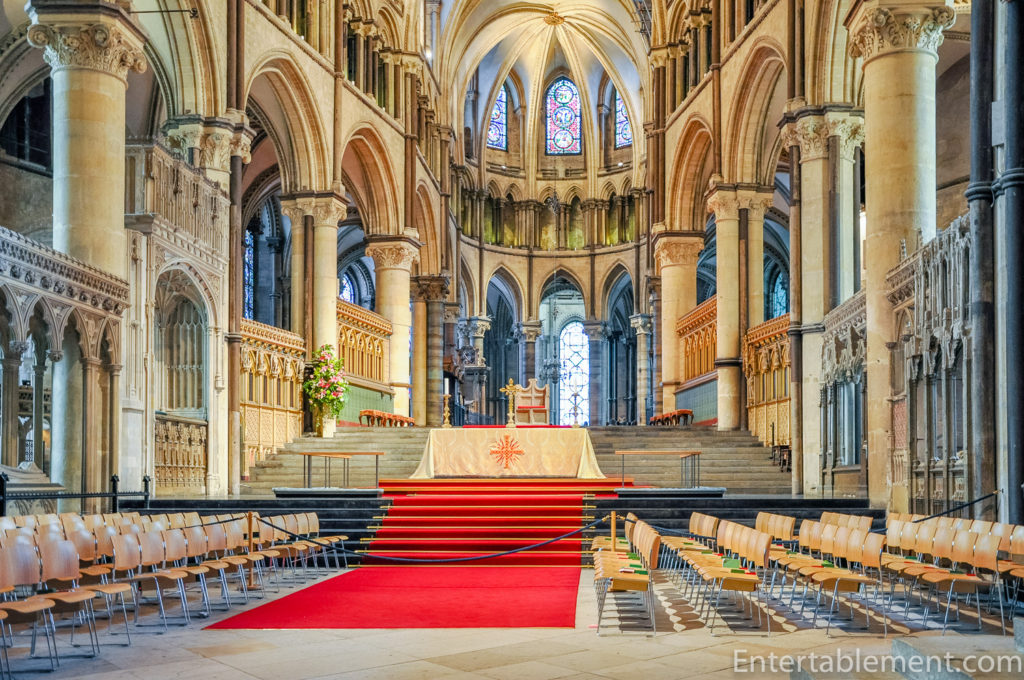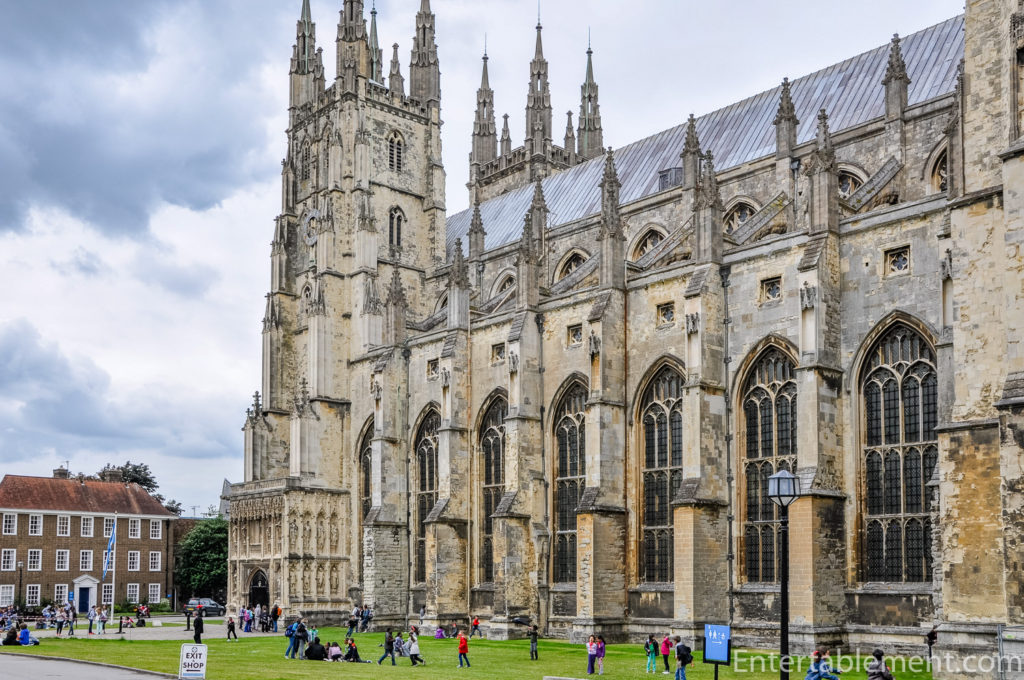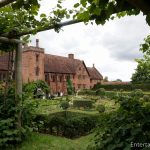Previous post in the series: The Normans and Their Cathedrals
The hallmark of the Gothic era, the pointed arch, made its way from France to England just in time to rebuild the east end of Canterbury Cathedral after its devastating fire of 1174 (the second within a century).
William of Sens, a Frenchman, was the chosen architect; his eponymous cathedral, begun in 1140, inspired the pointed arches, leaf capitals, and black Purbeck marble that became de rigeur in England.
The Normans’ sturdy and squat castle-like style was replaced with a focus on height, space and ample light. The pointed arch permitted vertical stress, and the buttresses countered outward thrust.
The east ends of the cathedrals received particularly keen attention, primarily to house the throngs of pilgrims to the recent proliferation of saints’ shrines. Stained glass abounded. Durham, Winchester and Lincoln’s retrochoirs took on grand dimensions. Lancet windows reflected the new focus on the pointed arch.
Corinthian acanthus leaves morphed into the “stiff leaf” before sprouting, waving and becoming wind-blown. Faces and scenes from domestic life peeped out.
All this jolly building abruptly stopped in 1209 when the Pope excommunicated King John (sigh, he never seemed to stay out of trouble for long, did John) regarding ecclesiastical appointments, the sticking point between many a Monarch and Pope. Bishops fled into exile.
It took the diplomacy of the patient and pious Henry III (1216-72) to reach a rapprochement with Rome.
By 1219, the Pope had granted permission for the cathedral at Sarum to move to a more salubrious location in Salisbury, the first newly built cathedral since the Norman Conquest. It was completed in record time—38 years; the tower and spire were added a century later.
“Gothic” did not enter the architectural lexicon until much later, during the Renaissance, when it was employed in derogatory terms—a “goth” was a thug or vandal. A Victorian architect, Thomas Rickman, was the one who rehabilitated the term and identified its three distinct periods as Early English, Decorated and Perpendicular. The “English” bit was a conundrum, as the style was manifestly French. Early Gothic it is, then!
Next post in the series: Decorated Gothic

















